Welcoming a rehomed cat into your life is a uniquely rewarding experience. These feline companions, often misunderstood due to their past experiences, require a special kind of love and patience. Building trust with a rehomed cat isn’t just about providing food and shelter—it’s about creating a safe, loving environment where the cat can feel secure and cherished. This journey, while demanding, allows you to forge a bond that’s both profound and heartwarming. As you embark on this path, understanding the nuances of your feline friend’s behavior and needs will guide you in nurturing a relationship built on trust and affection.
Understanding the Cat’s Background

Before you begin building trust, it’s crucial to understand the background of your rehomed cat. Every cat has a unique history that shapes its behavior and personality. Some may have faced neglect, while others might have been separated from their previous owners due to unavoidable circumstances. Knowing these details can help you empathize with your cat and tailor your approach accordingly. For instance, a cat that has been abandoned might need extra assurance that it’s now in a forever home. Conversely, a cat that was rehomed due to allergies might adjust more quickly. By understanding these nuances, you’re better equipped to meet your cat’s emotional and physical needs.
Creating a Safe Environment
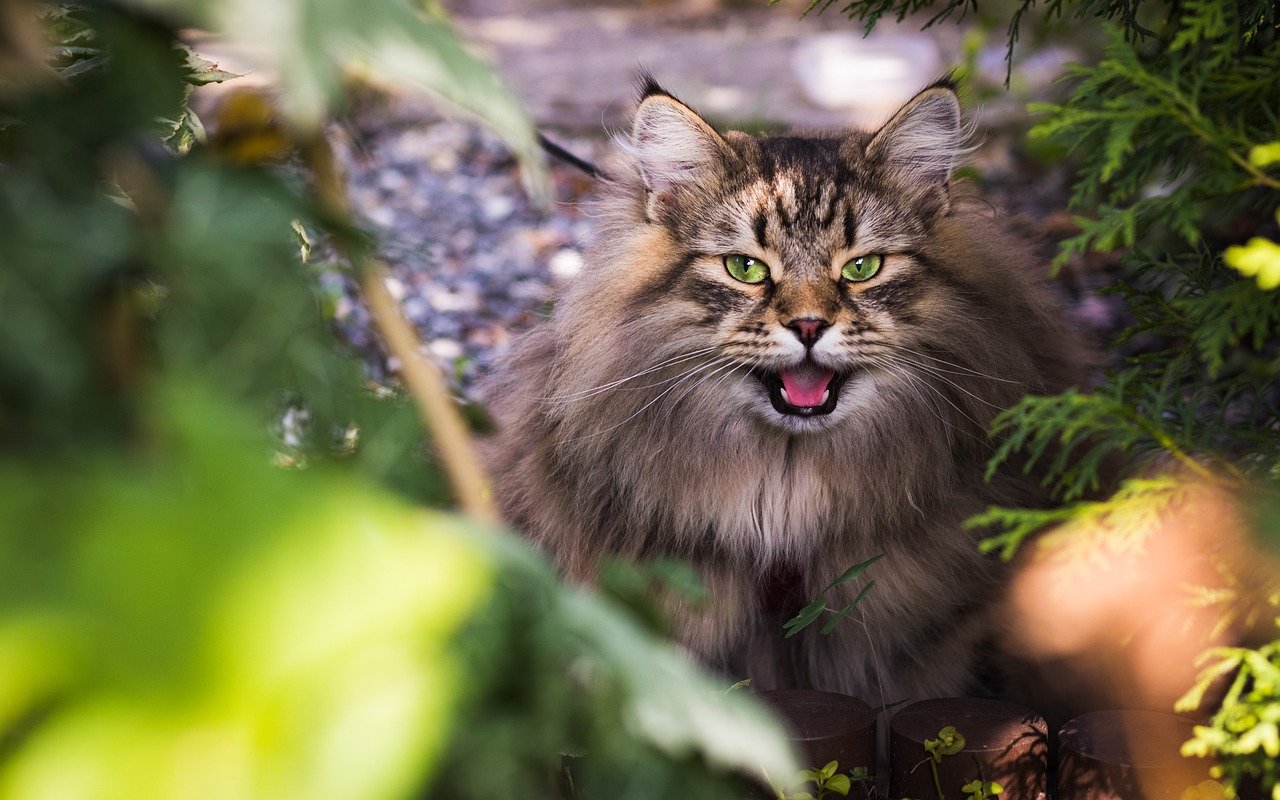
A safe environment is paramount when building trust with a rehomed cat. Think of your home as a sanctuary where your feline friend can retreat from the world. Start by designating a quiet, cozy space for your cat—a place where they can relax and feel secure. This could be a cozy corner with a plush bed or a secluded area with minimal foot traffic. Ensure that this space has all the essentials: food, water, and a litter box. By providing a sanctuary, you’re telling your cat that it’s safe and loved, which is a cornerstone of trust-building. Over time, your cat will learn that this space is theirs and feel more at ease in their new surroundings.
Establishing a Routine
Routine is a comforting concept for cats, especially those who’ve been rehomed. Cats thrive on predictability, and a consistent schedule can help alleviate anxiety. Begin by setting regular meal times, play sessions, and quiet time. This routine assures your cat that they can rely on you and their new environment. For instance, if you feed them at the same times every day, they quickly learn to anticipate and trust that food is coming. Similarly, regular playtime builds positive associations with you. By establishing a routine, you create a structured environment where your cat feels secure and understood.
Using Positive Reinforcement
Positive reinforcement is a powerful tool in building trust with any animal, especially cats. This technique involves rewarding your cat for desirable behaviors, thereby encouraging them to repeat those actions. Use treats, praise, or gentle petting as rewards when your cat displays behaviors you want to encourage, such as using the litter box or approaching you voluntarily. For example, if your cat comes to sit by you, offer a treat and a kind word. Over time, your cat will associate these positive experiences with your presence, fostering a sense of trust and security. Remember, patience is key; every small victory is a step towards a stronger bond.
Respecting Personal Space

Cats are incredibly independent creatures, and respecting their personal space is essential in building trust. Imagine how you would feel if someone constantly invaded your personal space without permission. Cats are similar; they need room to explore and retreat when they feel overwhelmed. Observe your cat’s body language and give them space when they seem disinterested or stressed. Avoid forcing interactions—let your cat come to you when they’re ready. Over time, by respecting their boundaries, you’ll demonstrate that you understand their needs and are a reliable companion. This respect fosters a deep sense of trust and mutual understanding.
Understanding Feline Body Language

Interpreting your cat’s body language is like learning a new language, but it’s essential in building trust. Cats communicate their feelings through subtle cues, such as ear position, tail movement, and vocalizations. A relaxed cat will have a loose body, slowly blink, and purr, while an anxious cat may have flattened ears, a flicking tail, and dilated pupils. By learning these signals, you can better understand your cat’s emotional state and respond appropriately. For instance, if your cat’s tail is puffed up, they might be scared and need space. Recognizing these signs will help you create a more harmonious and trusting relationship.
Engaging in Interactive Play
Interactive play is not only a fun way to bond with your cat but also an essential part of trust-building. Playtime allows cats to express their natural hunting instincts in a safe environment. Use toys like feather wands, laser pointers, or small balls to engage your cat in play. This interaction helps them burn off energy and associate you with positive experiences. Moreover, interactive play builds confidence in your cat, as they successfully “hunt” their toys. As you engage in regular play sessions, you’ll notice your cat becoming more relaxed and open to further interactions, laying the groundwork for trust.
Providing Consistent Care
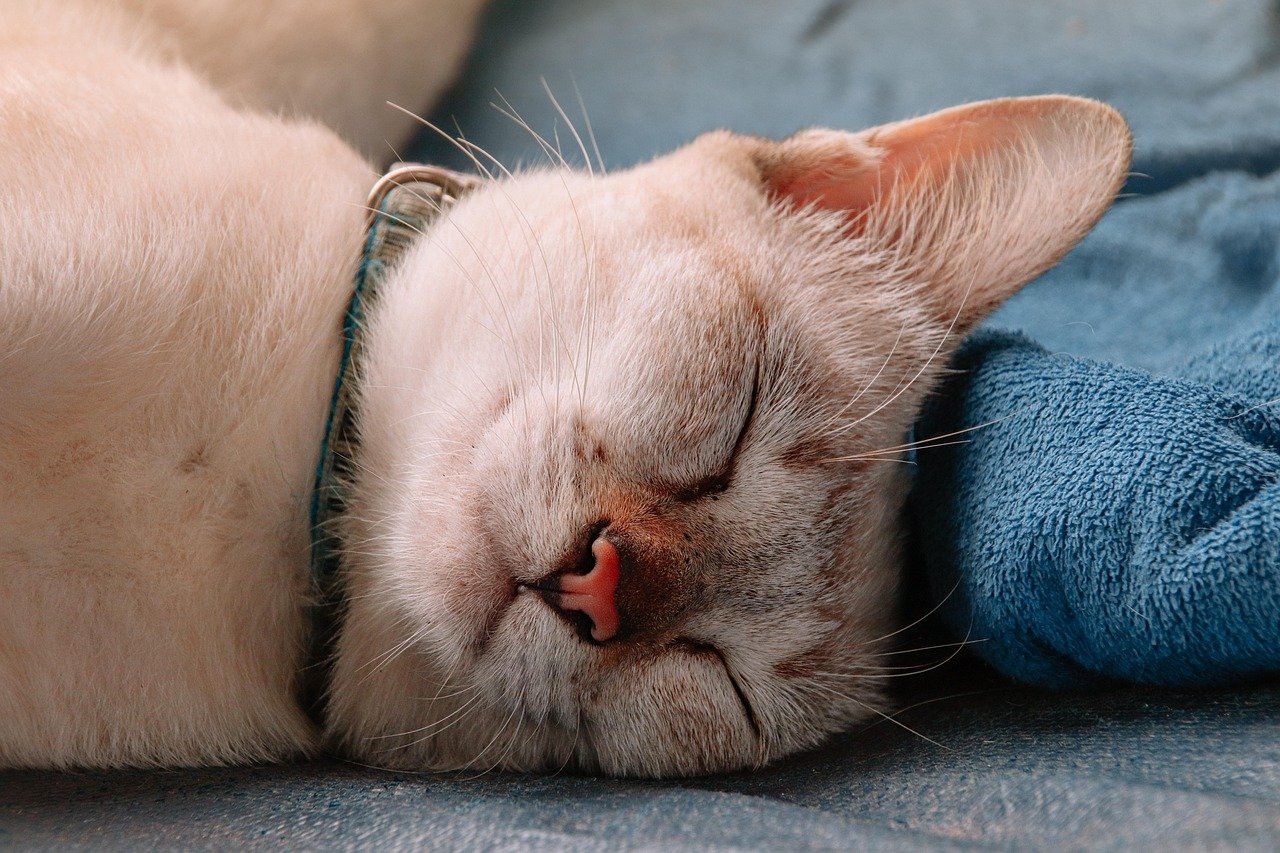
Consistency in care is crucial when building trust with a rehomed cat. Regular feeding, grooming, and veterinary check-ups show your cat that you are a reliable caregiver. Cats are creatures of habit and thrive on predictability. When they know they can count on you for their needs, they’ll feel more secure and trusting. Imagine how unsettling it would be if your basic needs were met irregularly. By providing consistent care, you’re not only ensuring your cat’s well-being but also reinforcing the idea that you are a dependable presence in their life.
Allowing Time for Adjustment

Patience is a virtue when it comes to building trust with a rehomed cat. Each cat adjusts to their new environment at their own pace. Some may settle in within days, while others might take weeks or even months. It’s essential to allow your cat the time they need to acclimate to their new surroundings. Avoid rushing or forcing interactions; instead, let your cat explore and approach you on their terms. By giving them time to adjust, you’re showing them that you respect their needs and are willing to wait for them to feel comfortable. This patience will pay off as your cat learns to trust and rely on you.
Encouraging Gentle Socialization

Socialization is an important aspect of helping a rehomed cat feel secure and trusting in their new environment. Gently introduce your cat to different experiences, people, and other pets, ensuring each encounter is positive and stress-free. Start with short, supervised interactions and gradually increase their duration as your cat becomes more comfortable. For instance, if you have other pets, allow your cat to observe them from a safe distance before facilitating direct interactions. This gradual exposure will help your cat build confidence and form positive associations with their new surroundings, ultimately fostering trust.
Being Patient and Observant
Patience and observation are key to understanding your rehomed cat’s needs and building trust. Take the time to watch your cat’s behavior and learn their preferences and boundaries. Every cat is unique, and by being observant, you can tailor your approach to suit their personality. For example, some cats may prefer gentle petting, while others might enjoy interactive play. By patiently observing and responding to your cat’s cues, you’ll show them that you’re attentive and considerate, strengthening the bond between you and fostering trust.
Creating a Comfortable Living Space
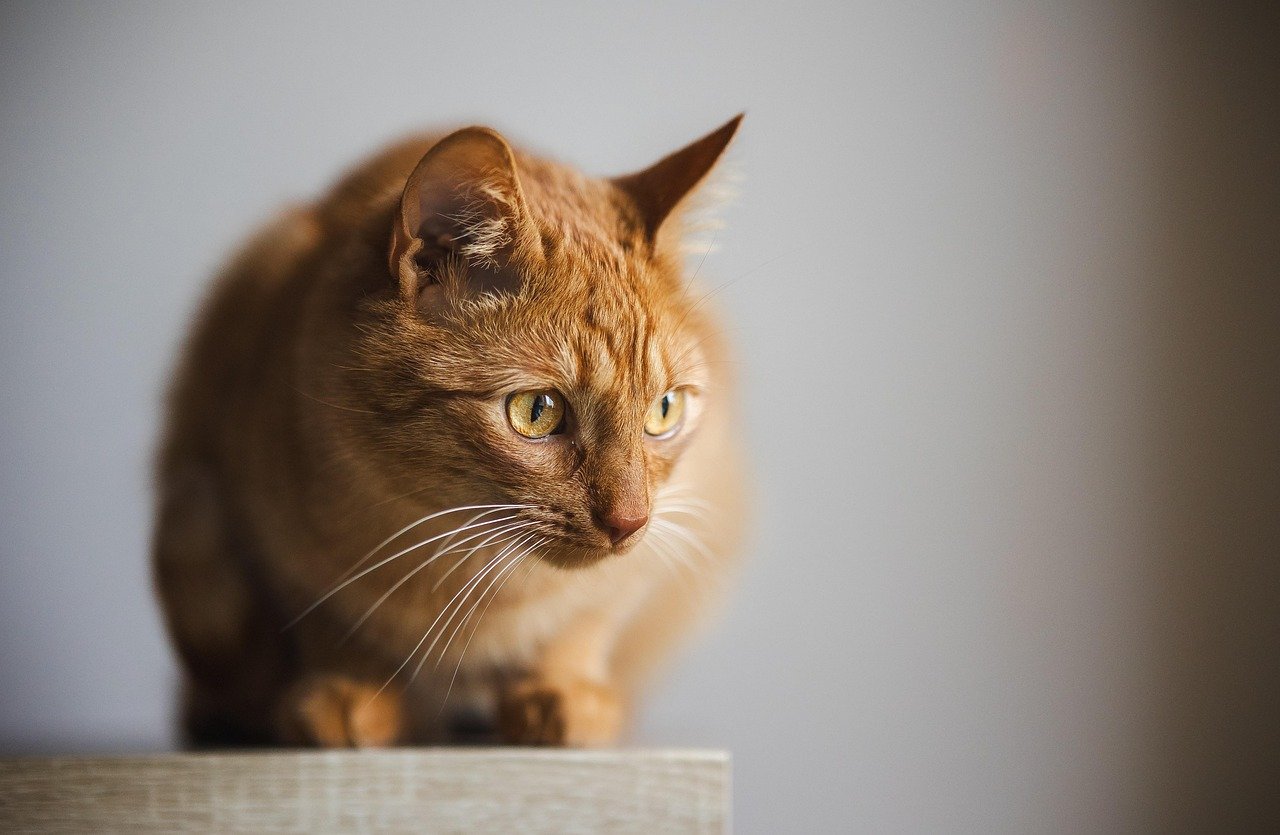
A comfortable living space is essential for building trust with a rehomed cat. Ensure your home is cat-friendly and provides ample opportunities for exploration and relaxation. Consider adding vertical spaces, such as cat trees or shelves, to give your cat a sense of security and territory. Provide cozy hiding spots and comfortable resting areas throughout your home. By creating an environment that caters to your cat’s needs, you’re demonstrating your commitment to their well-being and fostering a sense of trust and security.
Encouraging Positive Associations

Building trust with a rehomed cat involves creating positive associations with you and their new environment. Use treats, toys, and praise to reinforce positive experiences and interactions. For example, if your cat approaches you or allows petting, reward them with a treat or gentle praise. Over time, these positive associations will help your cat feel more comfortable and trusting in their new home. By consistently fostering positive experiences, you’ll strengthen the bond between you and your cat, laying the foundation for a trusting relationship.
Recognizing Progress and Celebrating Small Wins

Building trust with a rehomed cat is a journey filled with small victories. Recognize and celebrate the progress your cat makes, no matter how small it may seem. Each step, whether it’s a new behavior or increased comfort with their surroundings, is a testament to your patience and dedication. Celebrate these achievements by offering treats, praise, or extra playtime. By acknowledging your cat’s progress, you’re reinforcing their positive behavior and encouraging further trust-building.
Using Calming Techniques
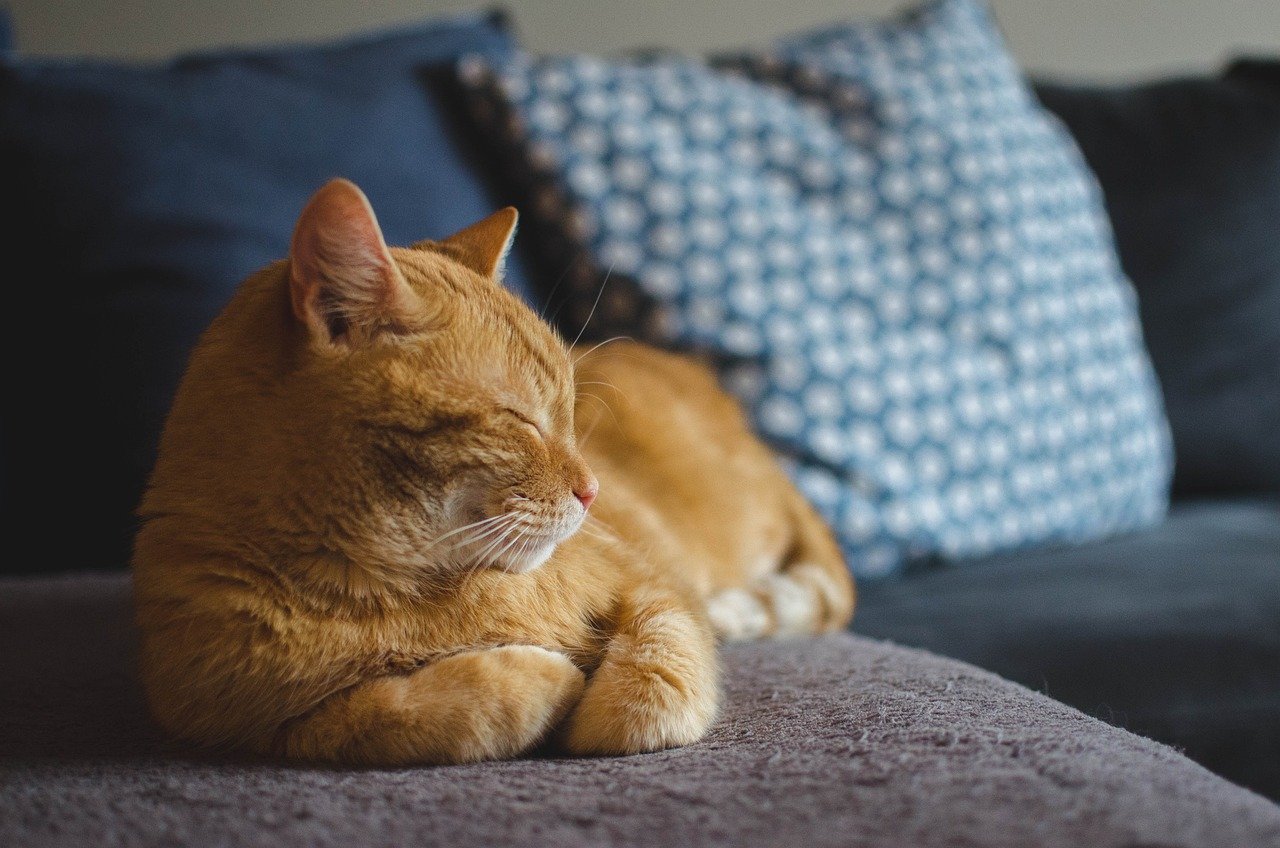
Calming techniques can be beneficial in helping a rehomed cat feel more at ease in their new environment. Consider using pheromone diffusers, which mimic the natural calming pheromones cats produce, to create a soothing atmosphere in your home. Additionally, soft music or white noise can help reduce stress and create a calming ambiance. By incorporating these techniques, you’re providing your cat with a sense of security and comfort, which is essential for building trust.
Listening to Your Cat’s Needs
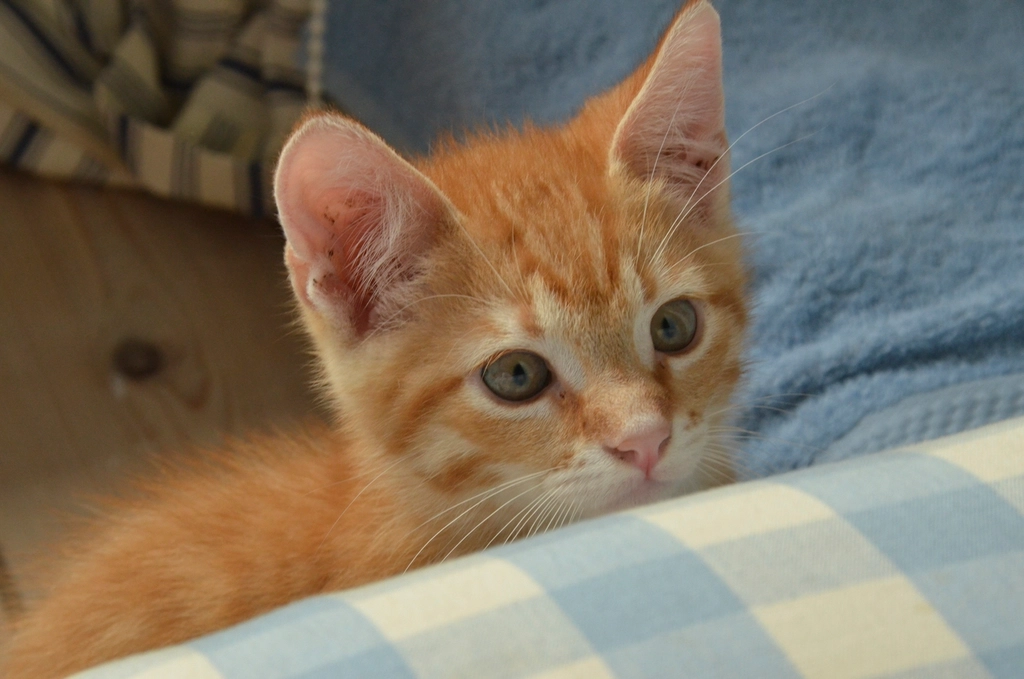
Listening to your cat’s needs is crucial in building trust and ensuring their well-being. Pay attention to their cues and behaviors to understand their preferences and boundaries. For instance, if your cat seems anxious or stressed, consider what might be causing their discomfort and make adjustments accordingly. By being attentive and responsive to your cat’s needs, you’re demonstrating your commitment to their happiness and security, fostering a trusting relationship.
Building Trust Through Consistent Interaction
Consistent interaction is key to building trust with a rehomed cat. Spend quality time with your cat daily, engaging in activities they enjoy, such as playtime, grooming, or simply sitting together. These interactions help your cat associate you with positive experiences and reinforce their sense of security. By consistently engaging with your cat, you’re showing them that you’re a reliable and caring presence in their life, strengthening the bond between you and fostering trust.
Seeking Professional Guidance

If you’re struggling to build trust with your rehomed cat, seeking professional guidance can be beneficial. A veterinarian or animal behaviorist can provide valuable insights and advice tailored to your cat’s specific needs. They can help you identify potential issues and develop a personalized plan to address them. By seeking professional guidance, you’re demonstrating your commitment to your cat’s well-being and taking proactive steps to build a trusting relationship.
Embracing the Journey of Trust-Building
Building trust with a rehomed cat is a journey that requires patience, understanding, and dedication. Embrace the process and cherish the unique bond you’re creating with your feline friend. Every interaction, no matter how small, contributes to the foundation of trust you’re building together. By being patient and committed, you’ll create a loving and secure environment where your cat feels valued and cherished.
In conclusion, building trust with a rehomed cat is a rewarding journey that requires patience, understanding, and dedication. By creating a safe environment, establishing routines, and engaging in positive interactions, you’ll foster a strong bond with your feline friend. Remember, every cat is unique, and by respecting their individual needs and boundaries, you’ll create a loving and trusting relationship that will last a lifetime.
Hi, I’m Bola, a passionate writer and creative strategist with a knack for crafting compelling content that educates, inspires, and connects. Over the years, I’ve honed my skills across various writing fields, including content creation, copywriting, online course development, and video scriptwriting.
When I’m not at my desk, you’ll find me exploring new ideas, reading books, or brainstorming creative ways to solve challenges. I believe that words have the power to transform, and I’m here to help you leverage that power for success.
Thanks for stopping by, Keep coming to this website to checkout new articles form me. You’d always love it!






